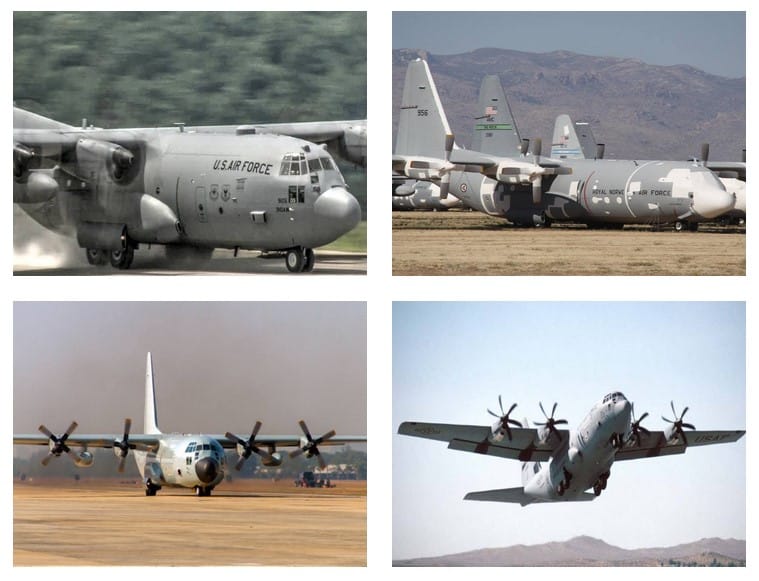The Lockheed C–130 Hercules is an American four-engine turboprop military transport aircraft designed and built originally by Lockheed (now Lockheed Martin). Capable of using unprepared runways for takeoffs and landings, the C–130 was originally designed as a troop, medevac, and cargo transport aircraft.
The C-130 was pressed into action in Vietnam, where it picked up and dropped off troops and supplies in the most remote of locations. Wherever there was a dirt road surrounded by jungle or an asphalt runway riddled with potholes, the C-130 Hercules was there, either to supply needed reinforcements or rescue injured soldiers in need of medical assistance.
C-130s were also perfectly equipped to carry out low-altitude parachute extraction drops of cargo, which led to the plane’s key role in the defense of Khe Sanh in 1968, when C-130s accounted for 90 percent of the supplies used by troops defending the village from a North Vietnamese siege.
As the war progressed, C-130s were modified into MC-130 Combat Talons, which not only picked up special operations forces in hostile territories but acted as flying gas tankers, orbiting in the sky as American rescue helicopters docked with them to refuel. Equipped with ground-target radar, 20mm Gatling guns, 40mm canons, and later, a side-firing 105mm Howitzer, C-130s morphed into AC-130 gunships, destroying 10,000 enemy trucks and repelling countless enemy attacks. Late in the war, Hercules planes were even being fitted with the largest bomb in the U.S. arsenal, the 15,000-pound BLU-82.
Three decades later, Marine Corps KC-130J tankers were being fitted with missiles so crews could take out hostile targets on the ground in Afghanistan while waiting to refuel fighters and helicopters.



